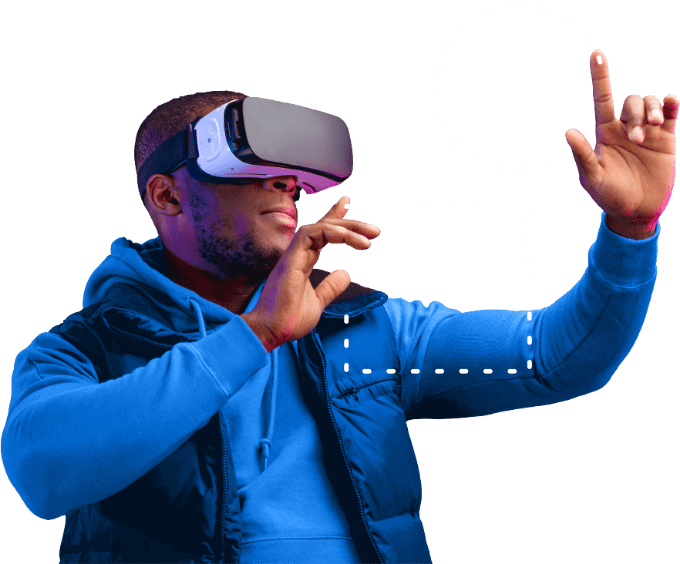Targeted Muscle Reinnervation (TMR) is a procedure which redirects nerves severed by an amputation into new muscle targets, and is performed to assist with reducing post-amputation neuroma and phantom limb pain. It can be undertaken at the point of amputation (primary TMR) or at some point post-amputation where other treatments used to treat pain have failed (secondary TMR).
Primary TMR is pre-emptive surgery to prevent pain from occurring at some point in the future. If successful, the patient will hopefully become a ‘good’ prosthetic user whose mobility and function isn’t compromised by debilitating pain which can have a substantial effect on quality of life. When primary TMR is performed, however, it is not known whether that patient would have gone on to develop neuroma associated pain or phantom limb pain sufficient to have compromised mobility and function.
NICE (the National Institute for Health and Care Excellence) recently considered the use of TMR as a pain-relieving procedure, providing guidelines for clinicians to follow. They have determined that more research is needed before it can be used within the NHS as a primary procedure to prevent problematic pain from occurring after amputation. This includes further study on patient selection, details of the specific technique used, the need for reintervention, and short- and long-term outcomes including effects on pain and quality of life. The conclusion is that primary TMR can still be undertaken, however it can now only be performed as part of a formal research study and a research ethics committee needs to have approved its use.
Secondary TMR can still be used to treat problematic pain that has developed after limb amputation, but it should be subject to clinical governance, consent, and an audit of the clinical outcome which will contribute to further research. It should also be performed by a multidisciplinary team (MDT) which can include a rehabilitation consultant. The use of secondary TMR will help to gather more evidence on the effectiveness and suitability of TMR generally.
It appears that, while there is evidence to show that TMR can reduce post-amputation pain and there are no major safety concerns, there is insufficient evidence to support its use at the point of amputation. Future focus is particularly on the need for evidence around patient selection to determine who would actually benefit from the procedure.
The British Society of Physical and Rehabilitation Medicine (BSPRM) have issued a position statement in full support of the NICE guidance. They believe that it represents a step forward in recognising TMR’s therapeutic potential to help deal with pain which is resistant to conventional treatment. Their experience is that a large proportion of amputees who develop phantom limb pain or residual limb phenomenon grow out of it eventually thus making primary TMR superfluous in most cases.
Insurers will have had experience of cases where amputees have undergone TMR which has resulted in successful outcomes. However, a positive result is not always guaranteed. The pain can return despite undergoing this complex surgery which can also be very expensive if performed privately.
The guidance issued by NICE provides clarity for insurers on the use of TMR. In practice, while primary TMR will not be an option going forwards, secondary TMR may still be considered by MDTs in cases where amputees suffer with chronic pain post-amputation, and where more traditional methods of pain relief such as medication, injections, peripheral nerve stimulation and surgery to treat neuroma pain, including Regenerative Peripheral Nerve Pain (RPNI), have failed.


The service you deliver is integral to the success of your business. With the right technology, we can help you to heighten your customer experience, improve underwriting performance, and streamline processes.